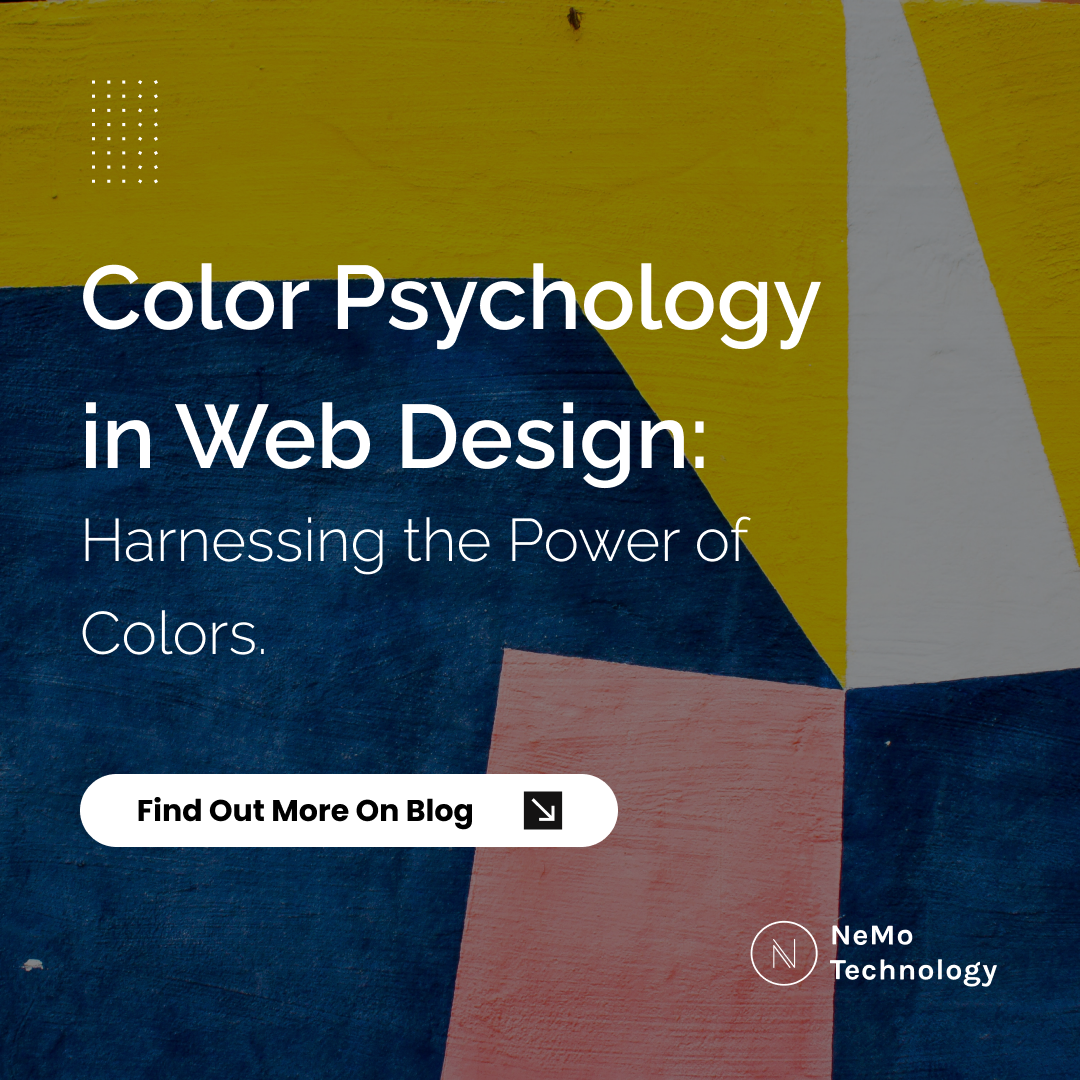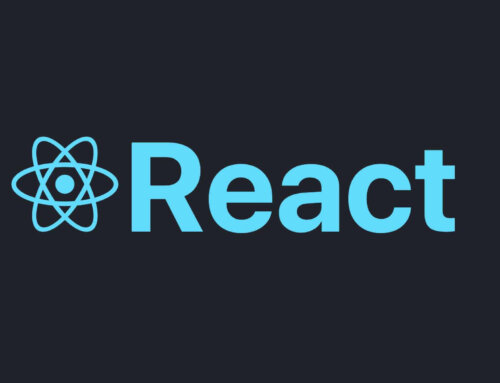Color plays a crucial role in the field of web design, as it has the power to evoke emotions, influence user behavior, and shape the overall perception of a website. Understanding color psychology and effectively incorporating it into web design can have a significant impact on user engagement, brand identity, and the success of a website. In this article, we will explore the concept of color psychology in web design and how designers can harness the power of colors to create compelling and impactful digital experiences.
Color psychology is the study of how colors affect human behavior, emotions, and perception. Different colors evoke different emotions and can communicate specific messages to users. By strategically selecting and combining colors, web designers can create visually appealing websites that resonate with their target audience and convey the desired brand personality.
One of the fundamental aspects of color psychology is the categorization of colors into warm and cool tones. Warm colors like red, orange, and yellow are associated with energy, passion, and warmth. These colors can create a sense of excitement and urgency, making them suitable for call-to-action buttons or highlighting important elements on a website. On the other hand, cool colors like blue, green, and purple evoke feelings of calmness, trust, and stability. These colors are often used in websites that aim to establish a sense of professionalism and reliability.
In addition to warm and cool colors, individual colors carry their own psychological meanings. For example, red is often associated with power, love, and urgency. It can stimulate appetite and grab attention, which is why it is commonly used in food-related websites or for creating a sense of urgency in limited-time offers. Blue, on the other hand, is associated with trust, reliability, and serenity. It is often used by technology companies to instill a sense of trust and security in their products and services.
Color combinations also play a vital role in web design. Complementary colors, which are opposite each other on the color wheel, create a vibrant and visually striking effect. These combinations can be used to draw attention to specific elements on a website or to create a sense of contrast. Analogous colors, which are adjacent to each other on the color wheel, create a harmonious and cohesive effect. These combinations are often used to create a soothing and pleasing visual experience.
The cultural and contextual aspects of color should also be considered in web design. Colors can have different meanings and associations in various cultures, so it’s essential to be mindful of the target audience and their cultural backgrounds. For example, while white is associated with purity and simplicity in Western cultures, it symbolizes mourning and sadness in some Eastern cultures. Researching the cultural significance of colors can help designers avoid unintended negative connotations and ensure that the color choices align with the target audience’s preferences and expectations.
It’s important to note that color psychology can be subjective, and individual experiences and personal preferences can influence the interpretation of colors. Therefore, conducting user research and gathering feedback can provide valuable insights into how colors are perceived by the target audience. A/B testing different color schemes and analyzing user engagement metrics can help designers make data-driven decisions and optimize the visual impact of a website.
Color psychology in web design is a powerful tool that can greatly influence user behavior, evoke emotions, and shape the overall perception of a website. By understanding the meanings and associations of different colors, considering cultural and contextual factors, and conducting user research, designers can effectively harness the power of colors to create visually appealing and engaging digital experiences. A well-executed color scheme can enhance brand identity, establish a connection with users, and contribute to the success of a website in the competitive online landscape.



